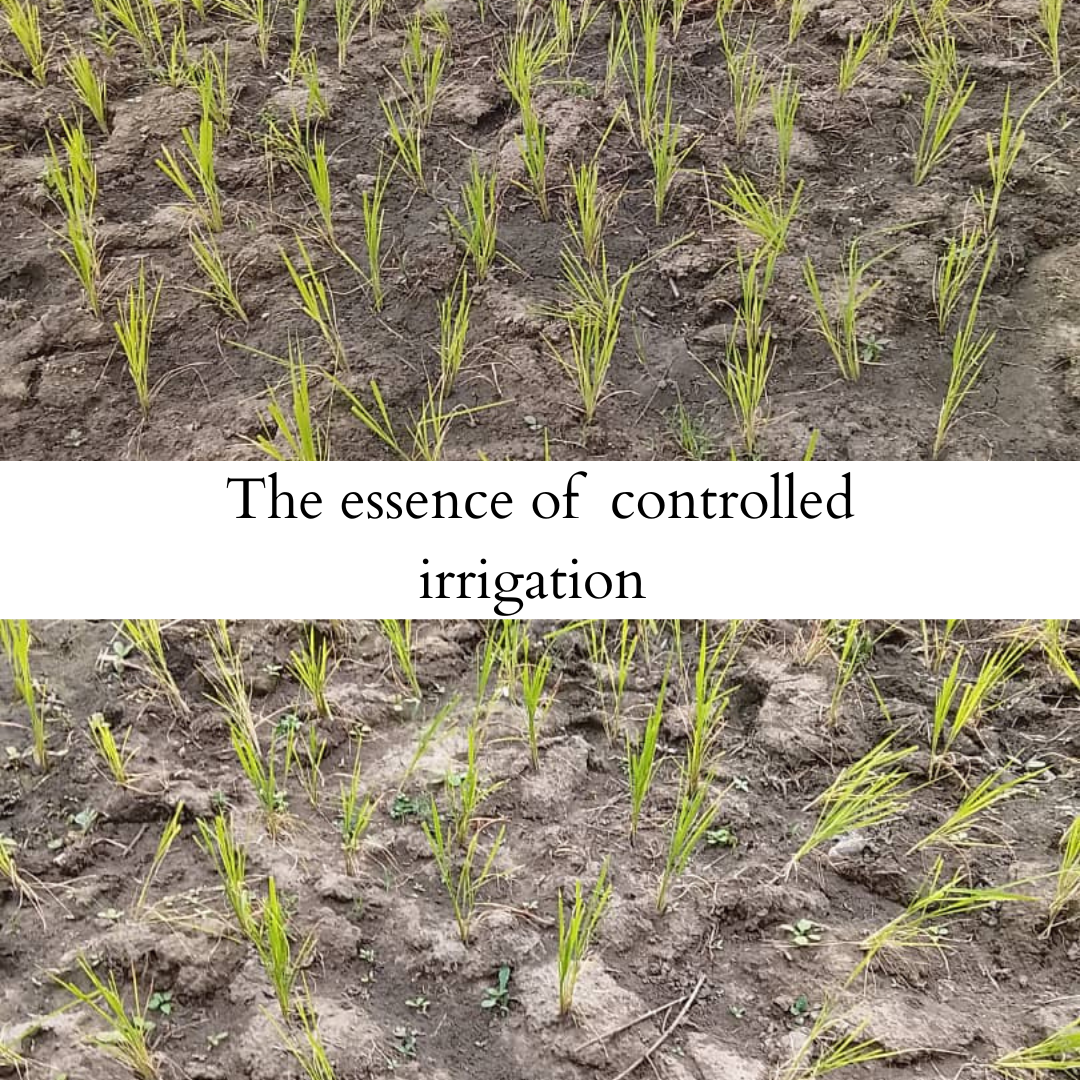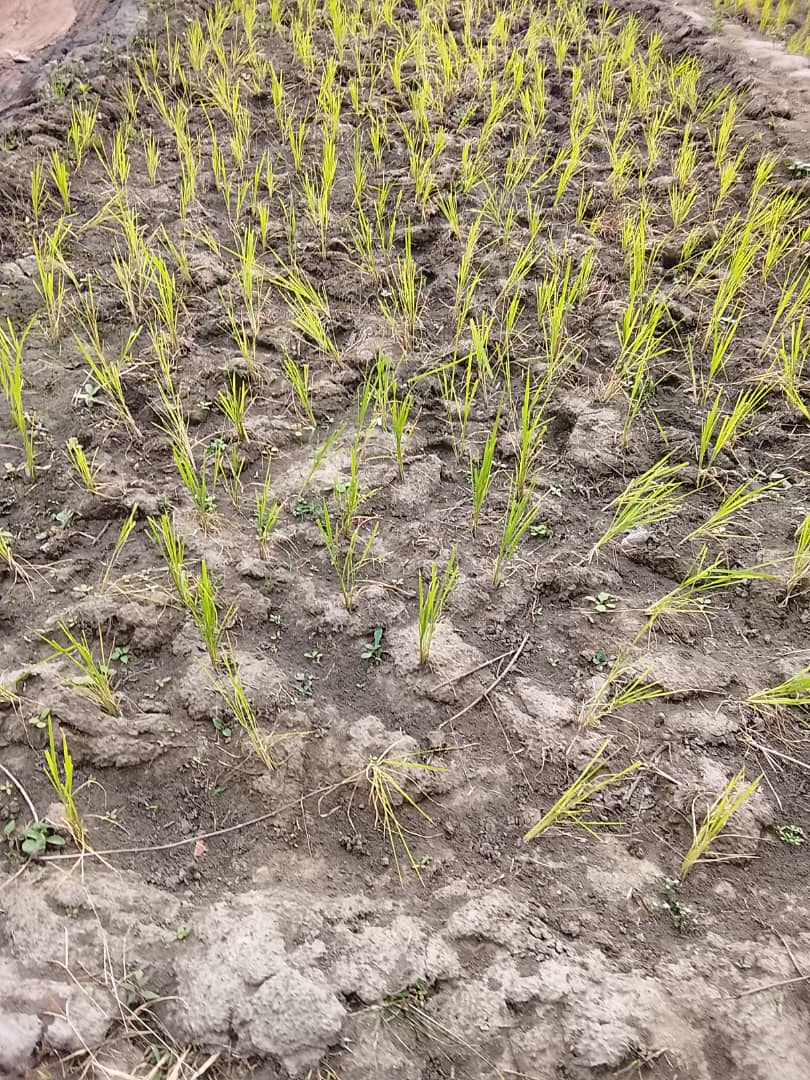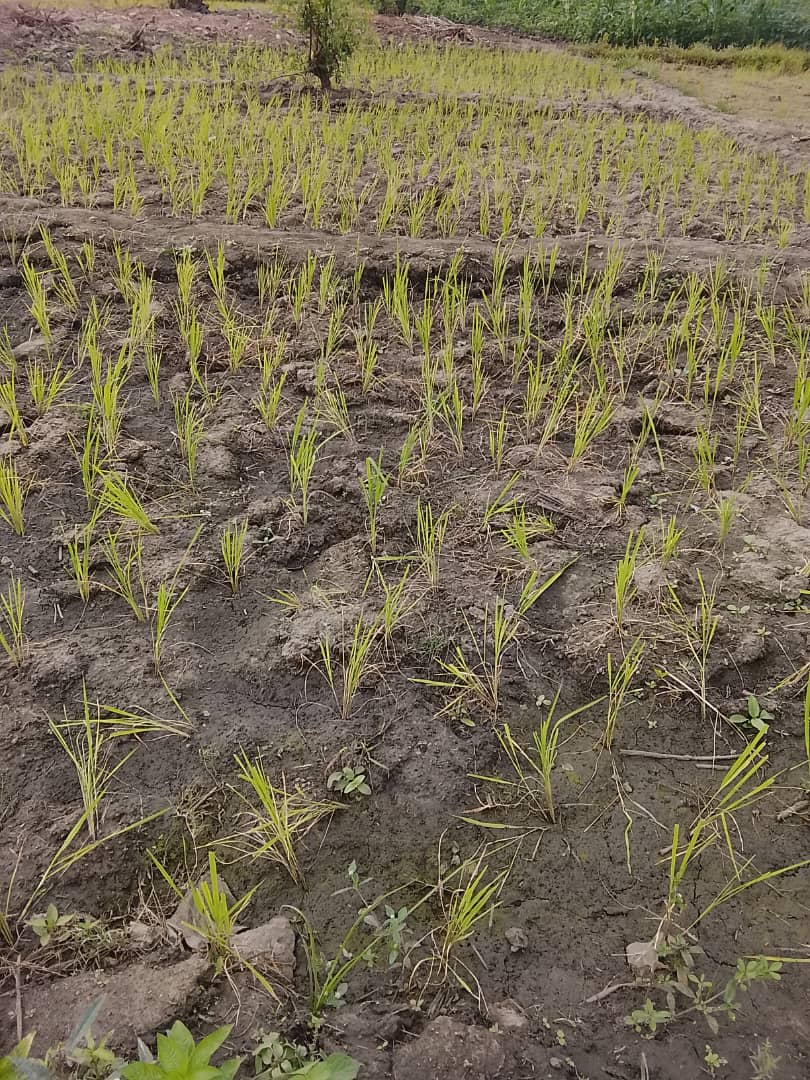Farming rice on swampy lands for me comes with a lot of challenges and one of the most consistent lessons I have gotten so far from all the work is the process of controlling water using some techniques that are not actually very unique but are efficient enough to produce the results that I need.

Too much water can drown crops, wash away the nutrients, and make the soil unstable, while little water can stress plants and reduce yield, and that's where controlled irrigation comes in.
👩🌾 Why do we make use of controlled irrigation
At first, we relied on natural irrigation for our farms, but then we began having issues that we couldn't control, with situations with rainfall that were out of our hands, so we devised a way we could use to accomplish what we needed without much stress.

Controlled irrigation is a two way thing the first is that we are trying to prevent the rice from getting drowned by excess water in cases where there was enormous rainfall whole the second thing is that we are also trying to prevent the water that we've managed to store due to this controlled irrigation to stay a bit longer pending when we will have the next rainfall.

Swampy water gains and loses water easily, so we had to balance either side as farmers to get good yields at the end of the year's farming.
There are situations where this doesn't work, especially when you are dealing with a large body of water or when there's no rainfall at all, because there's no point trying to control water that is not there.

Do you also practice controlled irrigation on your rice farm, or is this the first time you are actually seeing how rice is cultivated?